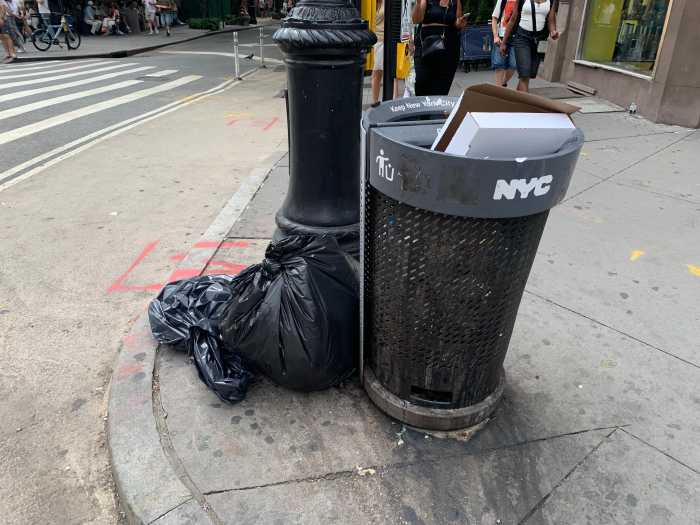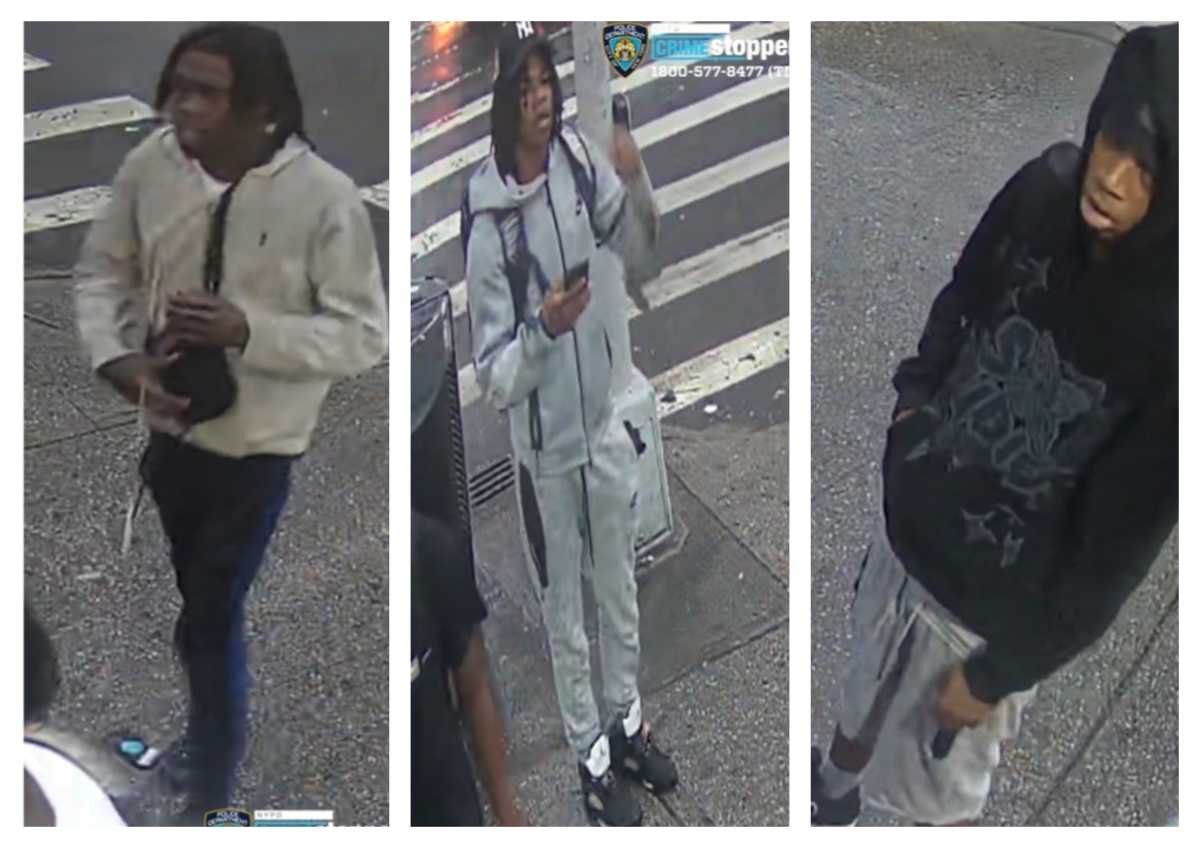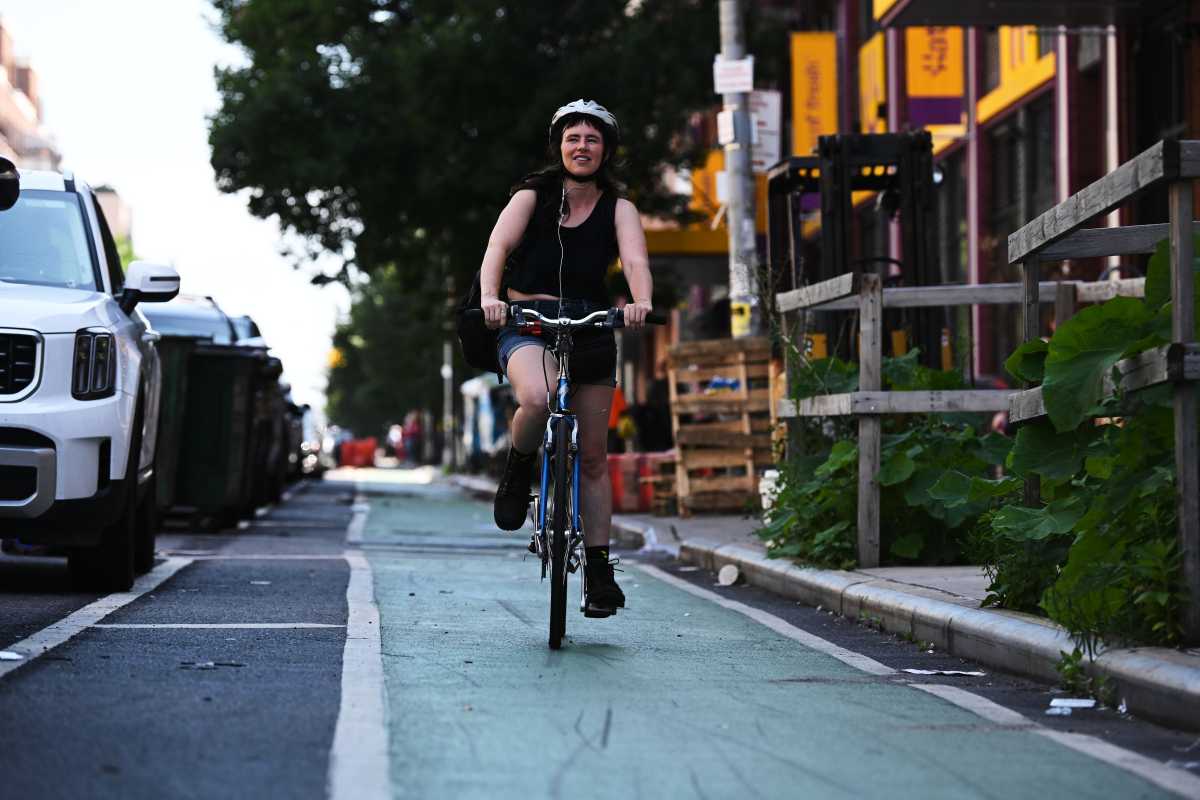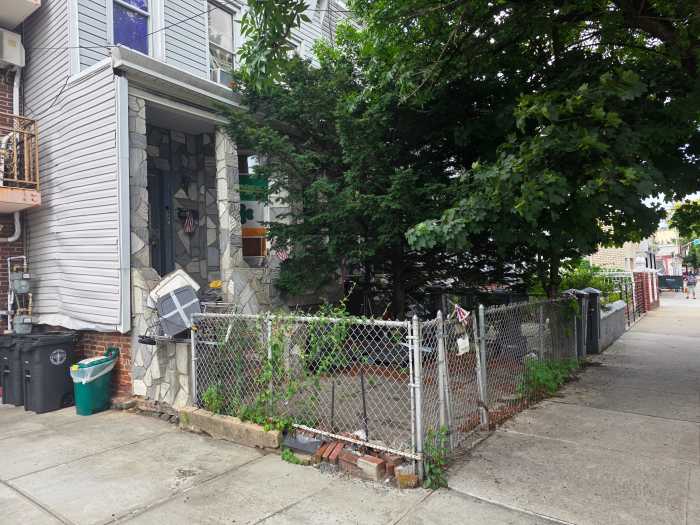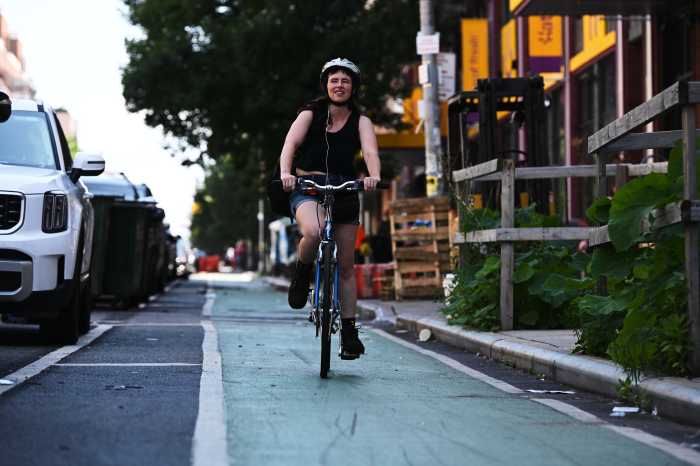In the city’s ongoing, piecemeal attempt to deal with its homeless problem, Mayor Bill de Blasio’s plan to spend millions on legal services and tenant protections to prevent additional homelessness is an important step.
But the city and state have to be more comprehensive and focus on two key issues: the severe problems with existing shelters and emergency housing, and the desperate need for more permanent housing units that offer supportive resources and care.
There’s no way to help everyone. Some people will stay on the streets or won’t take help. But there’s more to do.
As Deputy Mayor Lilliam Barrios-Paoli departs, the city is losing a smart, creative advocate for homeless and poverty-stricken people, admirers say. De Blasio must find a czar with fresh eyes and new ideas, and he must allow that person to try new things. It can’t be about political expediency or small moves that don’t fix anything.
Advocates say the city needs at least 25,000 more units of supportive housing, residential units with services such as counseling and medication management, over the next decade. But even that’s now part of the political war, as the de Blasio administration and Gov. Andrew Cuomo have each called on the other to spend more to make such units a reality. Those battles end with casualties — from creative players like Barrios-Paoli to those who need the help.
If Cuomo is serious about understanding NYC’s needs, he has to commit more resources, but he is right to expect results in return. Assembly Speaker Carl Heastie told amNewYork Tuesday the homeless crisis will be “front and center” next legislative session. Start with the New York/New York housing program, a city-state partnership to produce supportive housing. Earlier this year, Cuomo proposed just 3,900 NYC residential units, paid for in a 50-50 split between state and city, for the new, fourth phase of NY/NY. That’s a poor first try; officials can do better. In the program’s previous phase, the state agreed to pay 80 percent of the cost of 9,000 units.
Homelessness can’t be “solved,” but the city’s and state’s overdue attention to it must finally yield results.




